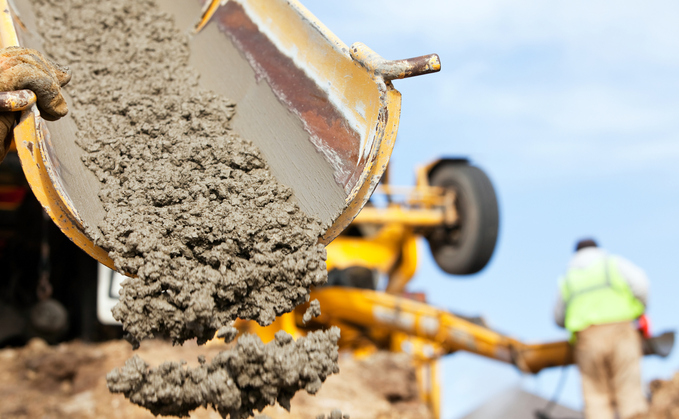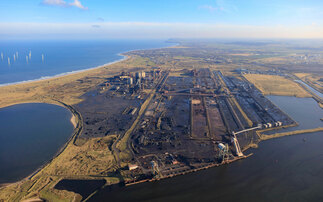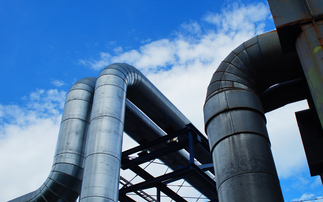
Global cement body provides an update on sector's progress towards net zero goals
The cement industry slightly reduced its carbon and energy intensity between 2019 and 2020, according to the latest industry figures.
In a new update of its members' progress towards climate goals set out last year in an industry-wide net zero roadmap, the Global Cement and Concrete Association's this week highlighted how the emissions intensity of cementitious products were 22 per cent lower in 2020 compared to 1990 levels.
The result was a marked improvement on the carbon intensity of cement recorded in 2019, which sat at around 19.2 per cent below on 1990 levels.
Energy efficiency within the cement industry also improved year-on-year, improving 19.5 per cent in 2020 on 1990 levels, up from 18 per cent the year before, according to the report.
The GCCA's report also notes that carbon capture, utilisation, and storage (CCUS) projects are progressing across the cement industry, with 35 projects announced or underway and more than 100 in the pipeline.
CCUS is a key plank in the GCCA's net zero roadmap, with the body calculating that 36 per cent of the emissions reductions required by 2050 set to be delivered by capturing process emissions before they reach the atmosphere.
The trade body said the sector is aiming to have 10 CCUS plants that are "fully operational" by 2030.
The GCCA's 2050 Cement and Concrete Industry Roadmap for Net Zero Concrete sets out a plan for the emissions-intensive industries to deliver a 25 per cent reduction in emissions intensity per cubic metre of product by 2030 before achieving net zero by 2050. Forty cement and concrete manufacturers in the GCCA have endorsed the plan's targets.
Writing in the introduction of the one-year progress report, Thomas Guillot, CEO of GCCA, said the roadmap "represented the collective commitment of the world's leading cement and concrete companies".
"Our member actions are driving decisive progress on our industry mission to fully decarbonise. In the last year alone myriad actions, projects, investments are underway," he wrote. "There is a long way to go to and we call on the wider built environment, governments and all with an interest in the built environment to join us towards building the sustainable world of tomorrow."
The production of cement and concrete is critical to the building industry worldwide, yet despite the sector having cut its emissions intensity by more than a fifth since 1990, it still accounts for around eight per cent of global CO2 emissions, largely due to its reliance on fossil fuels for manufacturing processes.








